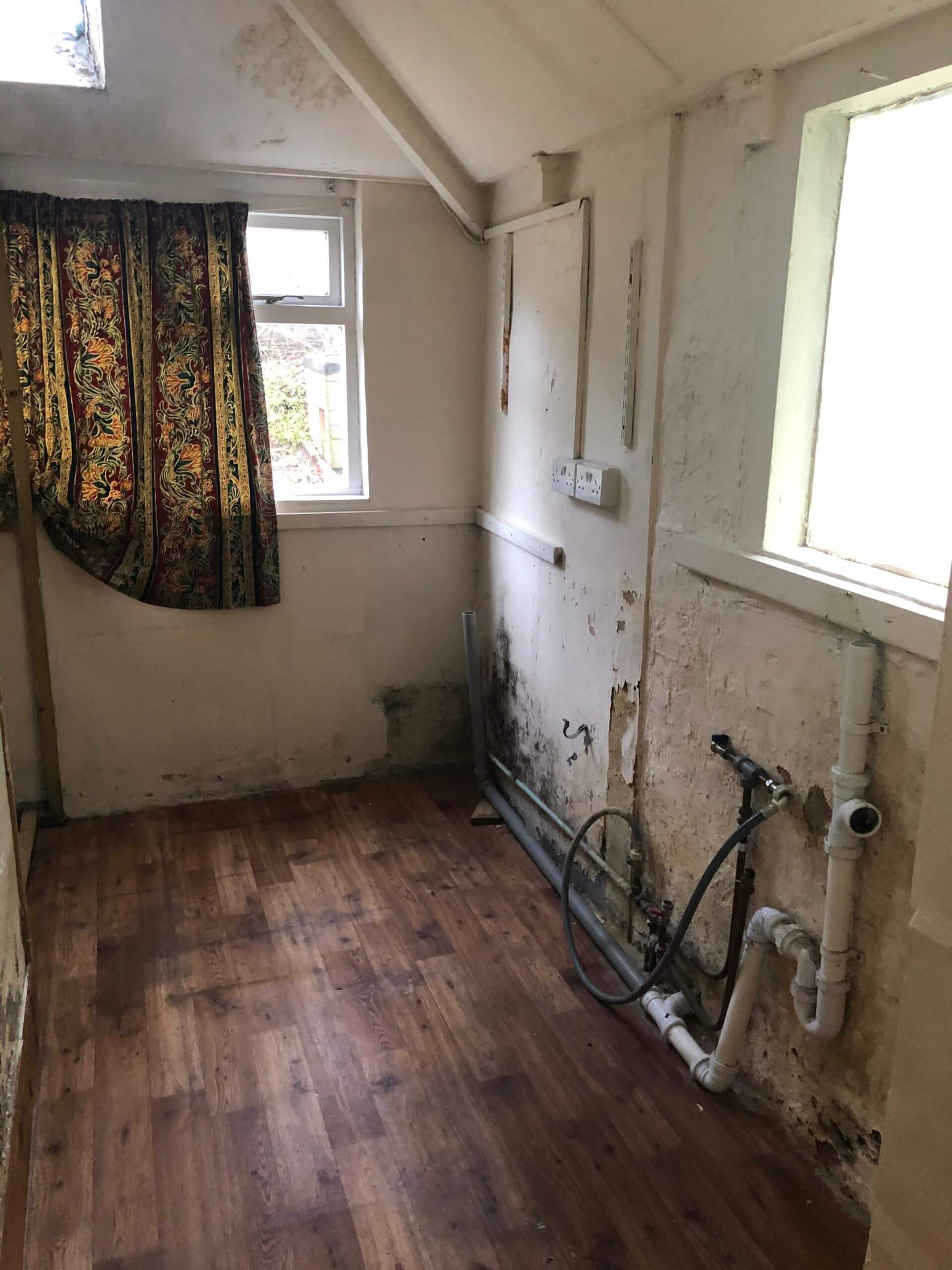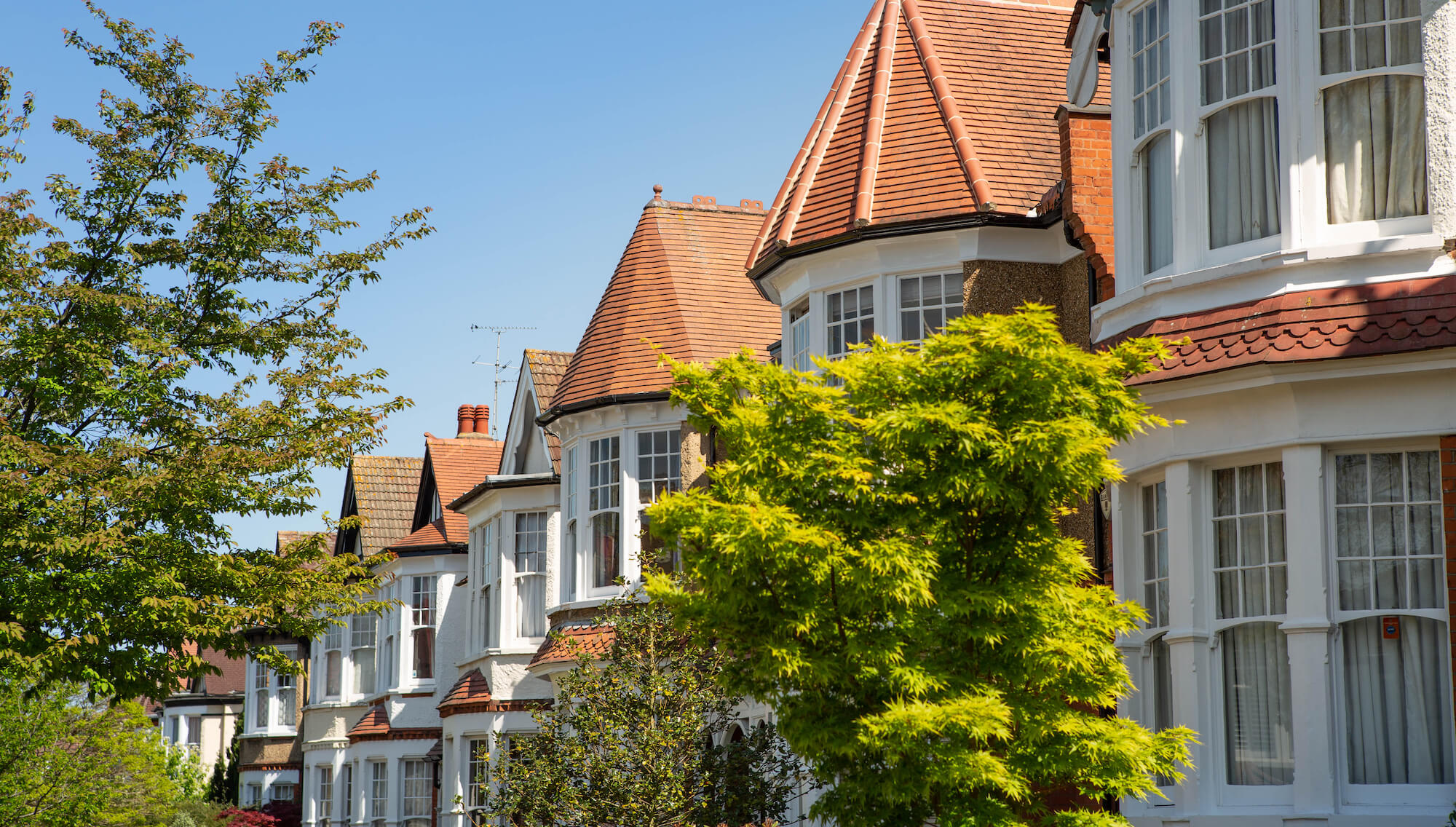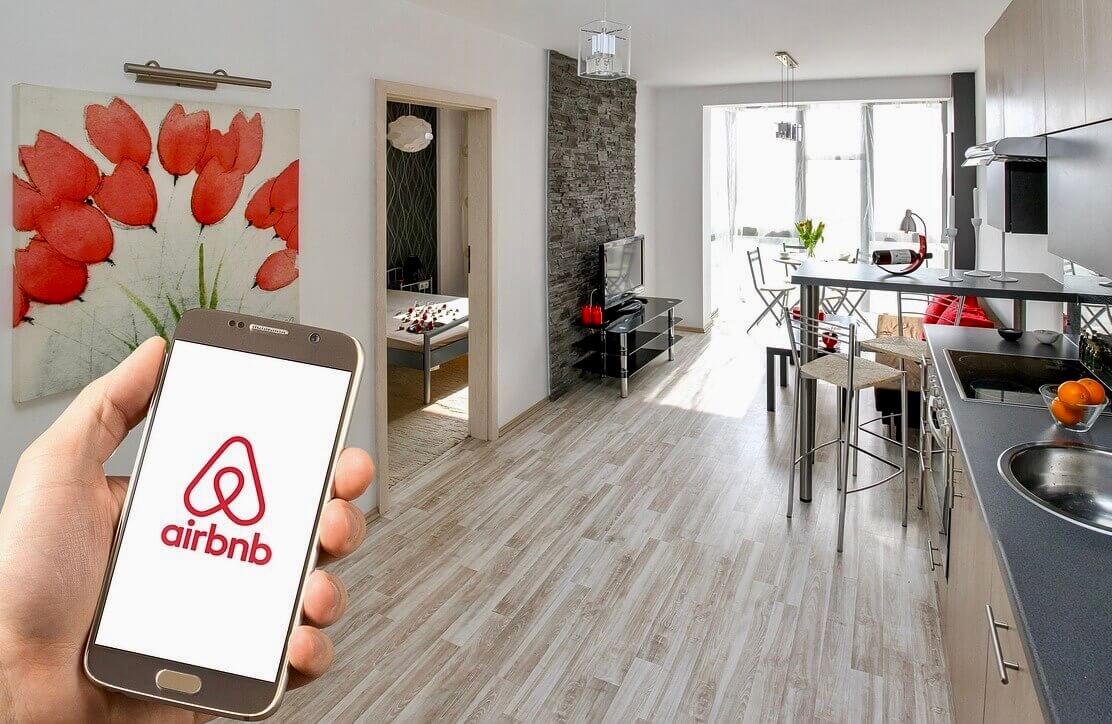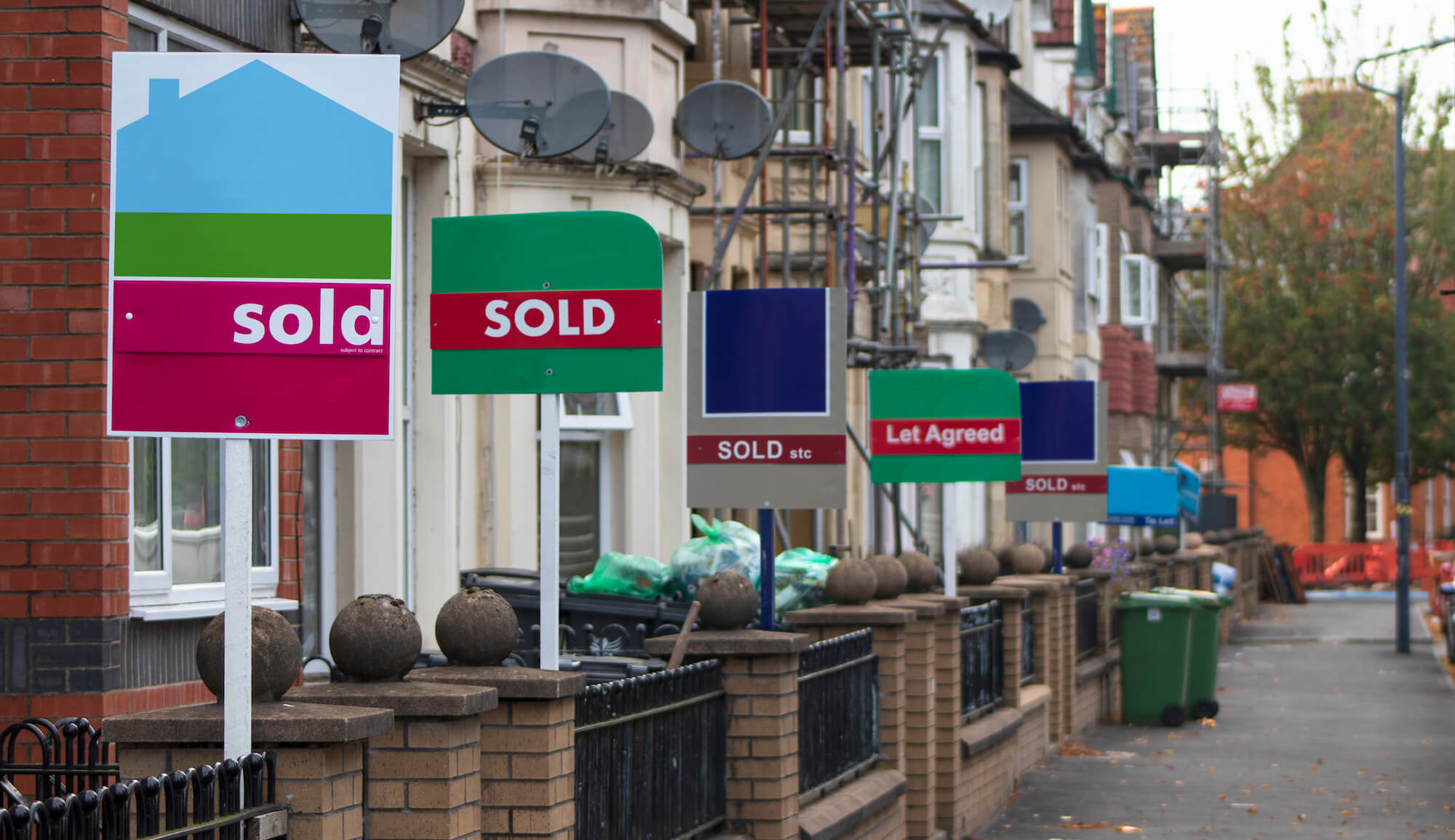House Flipping is Fashionable Again
There was a time when we couldn’t get enough of all those property renovation shows. Sarah Beeney’s home make-over series and Homes under the Hammer brought out the interior designer and ‘would-be’ builder in all of us.
But then refurbs went out of fashion for a while. Now, it appears the love of buying old properties and ‘doing them up’ then selling on for a profit, is well and truly back. But if that’s you, beware of investing in a dilapidated flat.
That’s because most of the profit this year has been made renovating houses. Only 5% of property sold in the UK since May has been flats.
A total 23,000 properties ‘flipped’ this year
According to a recent report by estate agents Hamptons International an astonishing one in 40 homes in England and Wales this year have been bought, done up, and sold within 12 months.
The report’s analysts reckon it will bring the total number of refurbs sold this year to around 23,000 properties. And so far, the national average profit for investors per refurb is £40,995. That’s £10,000 more than the figure for 2019. Rolling up our sleeves to update kitchens, bathrooms and whip out paint brushes, it appears, is well worth the hassle.
Hamptons based the data for its report on none other than the government’s Land Registry figures – a list of properties sold. So popular is the practice becoming, that more refurbs have been bought and sold this year than in more than a decade. It’s the highest number for 12 years, in fact. And this is despite the shutdown back in March due to coronavirus.
Then again, Chancellor Rishi Sunak’s Stamp Duty Holiday will no doubt have played a part, especially when buyers could instantly save up to £15,000 on a £500,000 property.
North and Midlands top the ‘refurb’ league
Also referred to as ‘flipping’ the practice of renovating run-down properties and selling on is most common in the North of England – and Burnley, in particular (where property is more affordable than in the South). There, one in 12 properties snapped up by keen buyers were, in fact, terraced refurbs. That was 8.2% of all properties sold and with an average profit of £20,643.
Next most popular location for flipping was a tie between County Durham in the North East and Rutland in the East Midlands. In both places 5.8% of properties were refurbs. In County Durham average profits per property were only £6,780, but in Rutland it was a much more impressive £45,269 per property.
Investors in Rutland, Walsall and Hyndburn profit most
Other areas where the property market also showed a high prevalence of flipping were (in order) Middlesbrough, Stockton-on-Tees, Wolverhampton, Hyndburn in Lancashire, Merthyr Tydfil (the only Welsh town mentioned), Darlington and Walsall in the West Midlands. Of all these places, the biggest profit on refurbs was in Rutland, with Walsall and Hyndburn next. There investors pocketed £27,536 and £26,410 per property, respectively.










